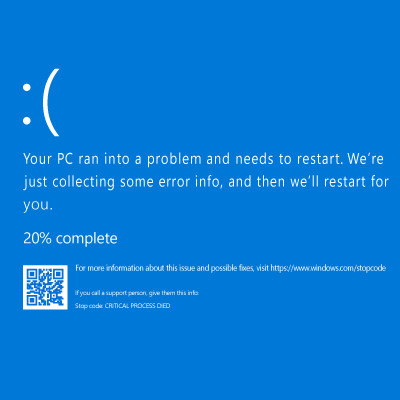When considering the strengths of shapes, the triangle is generally considered the strongest, its three vertices creating the optimally stable configuration. The same can be said of your business’ approach to cybersecurity. The difference is that, instead of three equal legs working together to support whoever is seated on a stool, your business’ cybersecurity relies on equal investment in three key areas: your people, your processes, and your technology.
Let’s talk about how this holistic approach puts your business in the best position to stay secure, and where many organizations fall short.





















